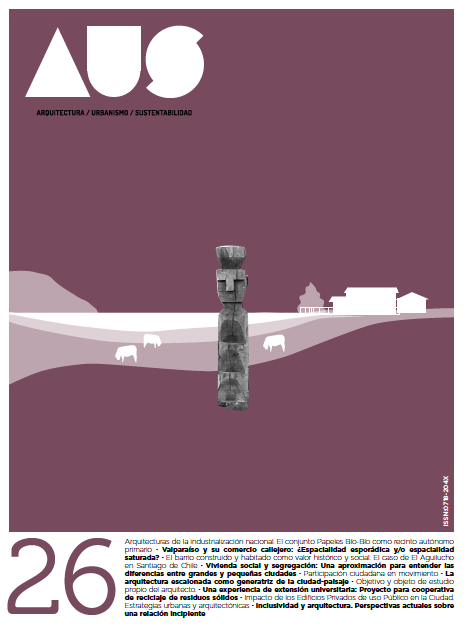Prácticas de urbanización en Valparaíso 1848 - ca. 1928: Instrumentos gráficos y aproximaciones al paisaje urbano.
Conteúdo do artigo principal
Resumo
El desarrollo de Valparaíso se impulsa en suelos llanos desde la incipiente instalación de la modernidad, a mitad del siglo XVIII, seguida por los planes esbozados y ejecutados durante el siglo XIX, contándose, en parte, una conclusión de las obras de reconstrucción post terremoto de 1906. La cartografía histórica representa el dispositivo visual geográfico y cultural que permite concluir que los determinantes topográficos no formaron parte de la concepción de ciudad, sino que a la ciudad de Valparaíso se la concibió como procedimiento de conquista de un modelo visual que pudo haber contribuido a establecerla. Los cambios de fisonomía que se estructuran en períodos posteriores a dos sismos, 1750 y 1822, marcan en 1906 el término de una fase basada en condiciones cualitativas del hecho urbano, que tuvo al espacio visual cartográfico como base.

